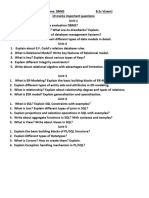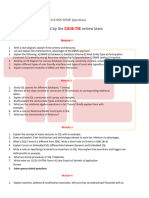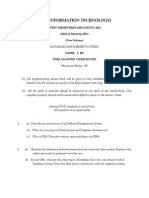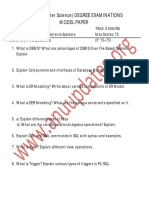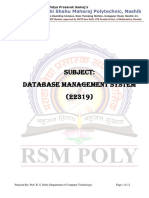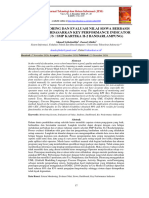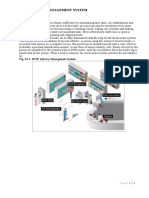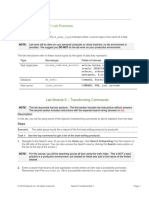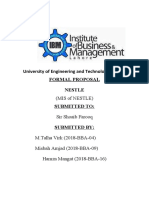ACHARYA NAGARJUNA UNIVERSITY
UG Revised CBCS Guess paper-1 (As per Revised syllabus of A.Y 2020-21)
Section: Core Group Paper
Paper Title: Database Management System
Max.Marks: 75 Max.Time: 3 hours
……………………………………………………………………………………………………………………………..
Section -A
Answer any five questions of the following. 5x5=25
1. Explain file based system and its disadvantages.
2. Explain the three schema architecture for database.
3. Explain different types of relationships
4. Write about generalization and specialization.
5. Explain CODD Rules for relational model.
6. What is functional dependency? Write inference rules.
7. Explain selection and projection operation in SQL.
8. Write about sub query with examples.
9. Explain the structure of PL/SQL block.
10. Explain data types and operators precedence
Section -B
Answer any five questions of the following. 5x10=50
1. Explain advantages and disadvantages of database management system.
2. What is data model? Explain different types of data models
3. Explain basic building blocks of ER modeling
4. What are different types of constraints that are possible on generalization and specialization?
5. With suitable examples explain all relational set operations.
6. Explain different types of normal forms.
7. Write about DDL and DML statements.
8. Explain different types of SQL joins
9. Explain different types of iterative controls in PL/SQL.
10. What is trigger? What three parts of trigger? Explain different types of triggers.
� ACHARYA NAGARJUNA UNIVERSITY
UG Revised CBCS Guess paper-2 (As per Revised syllabus of A.Y 2020-21)
Section: Core Group Paper
Paper Title: Database Management System
Max.Marks: 75 Max.Time: 3 hours
……………………………………………………………………………………………………………………………..
Section -A
Answer any five questions of the following. 5x5=25
1. What are cost and risks of database approaches?
2. Explain the classification of database management systems.
3. Explain the concept of entity and entity set with suitable example.
4. Write about IS-A relationship and attribute inheritance.
5. What are the advantages of Relational algebra? Explain.
6. Explain various types of keys.
7. Explain different data types in SQL.
8. Explain different aggregate functions in SQL.
9. Write the steps to create a PL/SQL program.
10. Write a PL/SQL program for swapping of two numbers without using third variable.
Section -B
Answer any five questions of the following. 5x10=50
11. With a neat diagram, explain the architecture of a DBMS.
12. Explain about Data Models.
13. Write the procedure / steps for converting ER diagram to relations with examples.
14. What is ER-Modeling? Design an ER diagram for “Library management” system.
15. What is Functional Dependency? Explain difference between 3NF and BCNF?
16. What is relational model? Write about key features of relational model.
17. What is View? Explain the process of creating different types of views.
18. What is Nested Queries? How to create them? Discuss it with relevant example.
19. Explain steps in creating a PL/SQL Program. Write a PL/SQL program for creating a user defined package.
20. Explain about procedures and functions in PL/SQL

